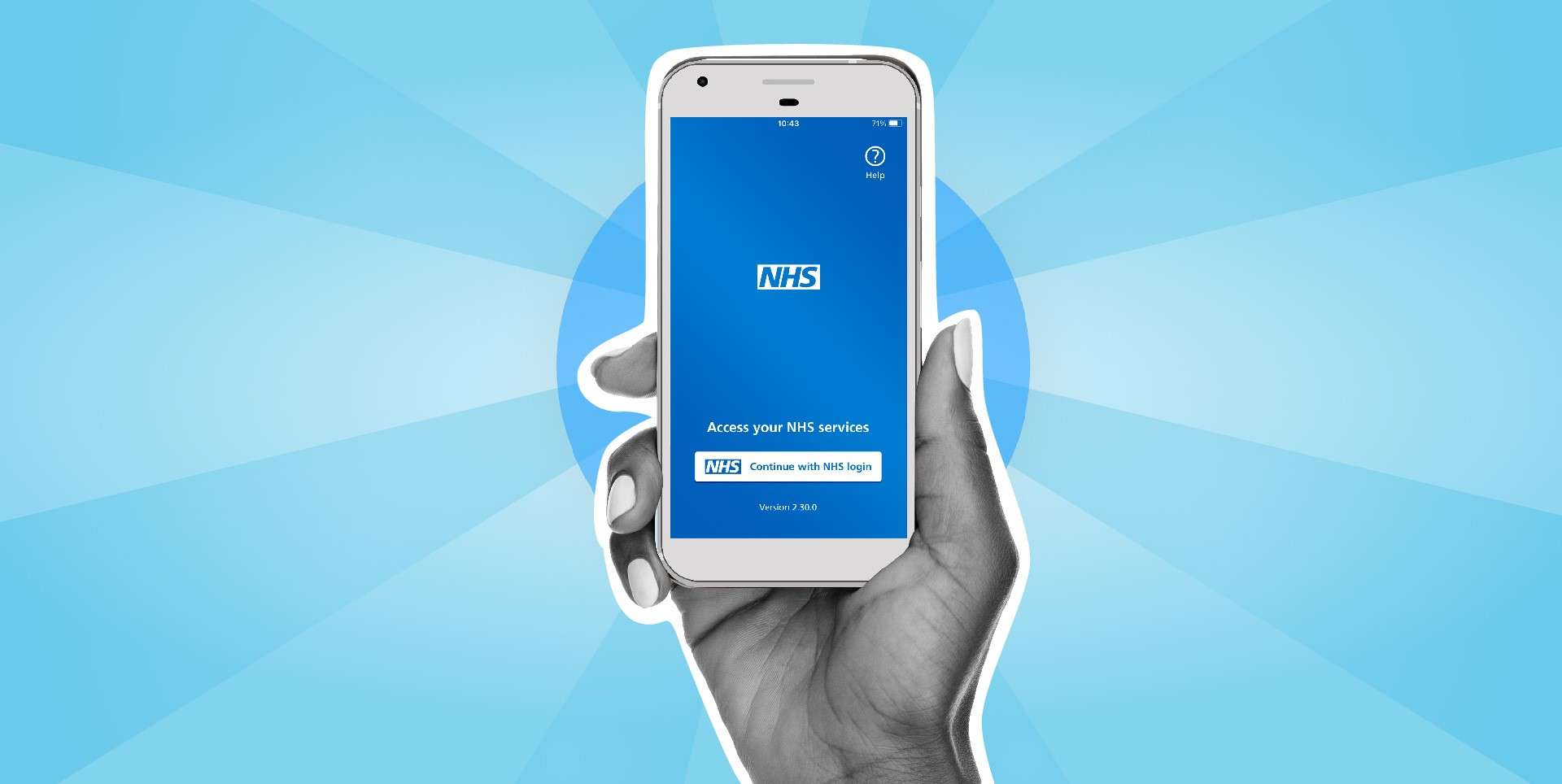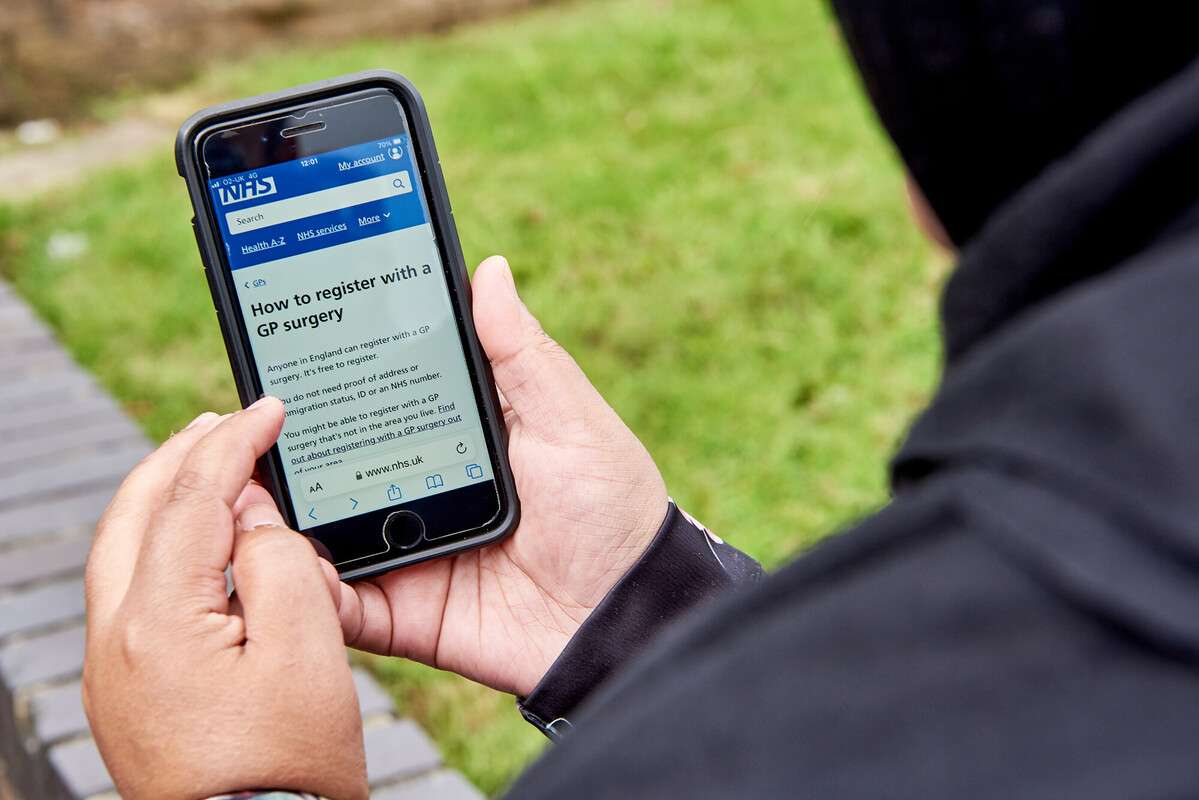Newly published NHS Long Term Plan sets out government ambition for ‘digital-first primary care’
Within five years, every NHS patient in England will have the option of seeing their doctor via video or telephone consultations.
Published yesterday, the NHS Long Term Plan sets out the government’s 10-year vision for the health service. One of the five core goals of the plan is that “digitally enabled primary and outpatient care will go mainstream across the NHS”.
The government has pledged that, by 2024, all patients in England will have the right to choose remote GP consultations – provided either via their existing practice, or through a specialist digital GP service.
The plan picks out three key steps needed to facilitate this. Firstly, the government will launch a framework for digital suppliers “to offer their platforms to primary-care networks”.
The government will also take steps to ensure “ensure that new digital-first practices are safe”. This will include conducting a review of rules concerning the registration of patients who live outside a practice’s catchment area. GP payment structures, meanwhile, will be rejigged “to ensure fair funding without inequitably favouring one type of GP provider over another”.
The third step will be to “review GP regulation and terms and conditions to better support the return to practice and increased participation rates by GPs” that want to provide digital consultations.
Related content
- NHS clears path for £45m rollout of online GP consultations across England
- The doctor will virtually see you now – how one ‘forward-thinking’ GP surgery is embracing technology
- NHS patients given option to switch to smartphone GP service
Alongside the use of technology in delivering primary care, the government is also aiming to “redesign” hospital outpatient services. Over the next five years, the aim is to use technology to eliminate the need for a third of the current annual total of 90 million appointments.
Elsewhere in the plan, the government said that the recently launched NHS app will become the de facto “digital front door” through which patients can access NHS services and data.
The government will also work with “the wider NHS, the voluntary sector, developers, and individuals” to cultivate a range of healthcare apps that offer support for particular conditions.
The Long Term Plan revealed that patients – as well as their carers and clinicians – will be able to add information to their personal health records. Mobile digital services will also allow community staff to access care records remotely.
Meanwhile, in the 2019/20 financial year, 100,000 women will be given digital access to their maternity record. Ubiquitous access will be offered by 2024.
Better tech for staff
The “technology revolution” planned by the government will also see an overhaul of the tools and systems used by NHS staff. IT vendors will be expected to meet “usability standards”.
“At present, too much of the technology in the NHS is a burden on our staff – slow to log in, clunky to use and unreliable in moments of crisis,” the plan said. “We will enable staff to capture all health and care information digitally at the point of care, and optimise clinical processes to reduce administrative burden.”
The government will also seek to increase skills and “digital leadership” across the health service by expanding the NHS Digital Academy training programme. The board of every NHS organisation across England will be expected to feature an informatics expert.
“We know how challenging it can be for organisations, particularly those under constant pressure to deliver critical services, to adopt new technology and digital systems. We are completely committed to supporting NHS organisations on all aspects of this journey.”
Sarah Wilkinson, NHS Digital
Sarah Wilkinson, chief executive of NHS Digital, welcomed the plan as “a hugely exciting vision for the future of the NHS”.
“A key focus of the technology and digital agenda, as with the plan overall, is allowing patients to better manage their own health and care,” she said. “A broad spectrum of digital services will support individuals to take a much more proactive and responsible approach to monitoring their own health and well-being, enabling them to recognise their individual health risks and symptoms as early as possible, and manage their personal response to these risks. This, in turn, reduces the demand for health and care services.”
Wilkinson added: “We know how challenging it can be for organisations, particularly those under constant pressure to deliver critical services, to adopt new technology and digital systems. We are completely committed to supporting NHS organisations on all aspects of this journey from technical education, to integrating new technology into services and care pathways to the design of highly usable and accessible patient-facing solutions.”
As part of the plan, health and social care secretary Matt Hancock pledged to increase NHS funding from its current annual level of £115bn up to a total of £148bn by the 2023/24 financial year. The plan also sets out ambitions for saving about 500,000 lives over the next decade with better prevention and treatment of a range of major conditions.
Hancock described the document’s publication as “an important moment in the history of the NHS”.
“Our Long Term Plan will ensure the NHS continues to be there, free at the point of use, based on clinical need, not ability to pay, better resourced with more staff,” he said. “Newer technology with new priorities, fit for the future, so it is always there, in our hour of need.”



